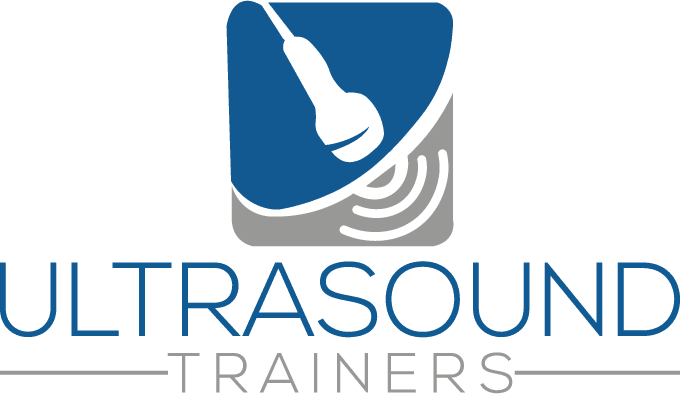The Value of Hands-On Elective Ultrasound Training
Elective ultrasound training goes beyond textbook learning, providing aspiring professionals with real-world skills essential for success in the field. Unlike traditional theoretical courses, hands-on training immerses students in practical applications, allowing them to develop the competencies needed to confidently perform ultrasound scans, interpret images, and provide exceptional patient care.
Whether you’re an aspiring entrepreneur looking to open a 3D/4D ultrasound business or a medical professional expanding your skill set, practical ultrasound training equips you with industry-specific expertise. But what exactly do you gain from hands-on elective ultrasound training? Let’s explore the most critical skills acquired through this immersive learning experience.
1. Proficiency in Ultrasound Scanning Techniques
Mastering ultrasound imaging requires a deep understanding of scanning techniques that can only be refined through hands-on practice. During elective ultrasound training, students develop essential scanning skills, including:
- Proper Probe Handling – Learning how to maneuver the transducer for optimal image acquisition.
- Positioning & Angle Adjustments – Understanding how slight variations in probe positioning can impact image clarity.
- Doppler and M-Mode Utilization – Using specialized ultrasound modes to assess fetal movement and blood flow.
- Standardized Image Protocols – Following protocols to ensure accurate and reproducible results.
These techniques form the foundation for obtaining high-quality ultrasound images, which are critical in both medical diagnostics and keepsake baby ultrasound businesses.
2. Image Optimization and Interpretation
A high-quality ultrasound image is essential for accurate assessments. Hands-on training helps students fine-tune their ability to optimize and interpret images by focusing on:
- Adjusting Gain, Depth, and Focus – Enhancing image contrast and resolution for better visibility.
- Identifying Fetal Structures – Recognizing key anatomical landmarks in 3D/4D ultrasound imaging.
- Troubleshooting Poor Image Quality – Adjusting machine settings and probe angles to improve clarity.
- Understanding Artifacts & Distortions – Learning how to differentiate between actual structures and imaging errors.
With real-time practice, trainees develop an eye for image assessment, ensuring they can confidently operate ultrasound equipment in clinical and elective settings.
3. Patient Interaction and Communication Skills
Since elective ultrasounds focus on keepsake imaging, patient interaction plays a crucial role in the overall experience. Through hands-on training, students enhance their communication skills by learning to:
- Provide Clear Instructions – Guiding expectant parents through the ultrasound process.
- Explain Image Findings in Layman’s Terms – Helping families understand their baby’s features.
- Create a Comfortable Atmosphere – Ensuring a positive and memorable experience for clients.
- Manage Patient Expectations – Setting realistic expectations for image quality based on fetal position and gestational age.
These soft skills are just as vital as technical expertise, especially for those planning to open a 3D ultrasound studio or work in elective ultrasound franchises.
4. Equipment Handling and Maintenance
Proper handling of ultrasound machines is critical for both image quality and equipment longevity. Hands-on training provides in-depth experience with:
- Machine Calibration & Setup – Ensuring the ultrasound system is configured correctly for different types of scans.
- Transducer Care – Learning best practices for cleaning and storage to maintain equipment integrity.
- Software Navigation – Becoming familiar with user interfaces, presets, and post-processing tools.
- Identifying Equipment Malfunctions – Recognizing and troubleshooting common technical issues.
Knowing how to operate and maintain ultrasound machines is essential for starting an ultrasound business, reducing operational costs, and ensuring consistent imaging quality.
5. Business and Marketing Insights for Ultrasound Entrepreneurs
For those pursuing elective ultrasound business training programs, hands-on experience often includes an introduction to business fundamentals. Key takeaways include:
- Understanding Market Demand – Learning about target demographics and pricing strategies.
- Client Experience Enhancement – Implementing services that attract and retain customers.
- Ultrasound Business Marketing Tips – Using social media, Google Ads, and referral programs to build brand awareness.
- Legal and Ethical Considerations – Ensuring compliance with state regulations for non-diagnostic ultrasound services.
This business acumen is particularly valuable for individuals interested in how to open a 3D ultrasound studio or expand their elective ultrasound services.
Final Thoughts: Why Hands-On Training Matters
Elective ultrasound training is more than just learning how to use a machine—it’s about mastering scanning techniques, optimizing images, enhancing patient interactions, and understanding the business side of the industry. Whether you’re a technician, a healthcare professional, or an entrepreneur, hands-on experience prepares you for success in a growing market.
Are you considering elective ultrasound training to advance your career? Share your thoughts in the comments below! If you found this guide helpful, don’t forget to share it with others who might be interested in ultrasound training opportunities.
Learn More About Ultrasound Training Learn More About Opening an Ultrasound Studio












